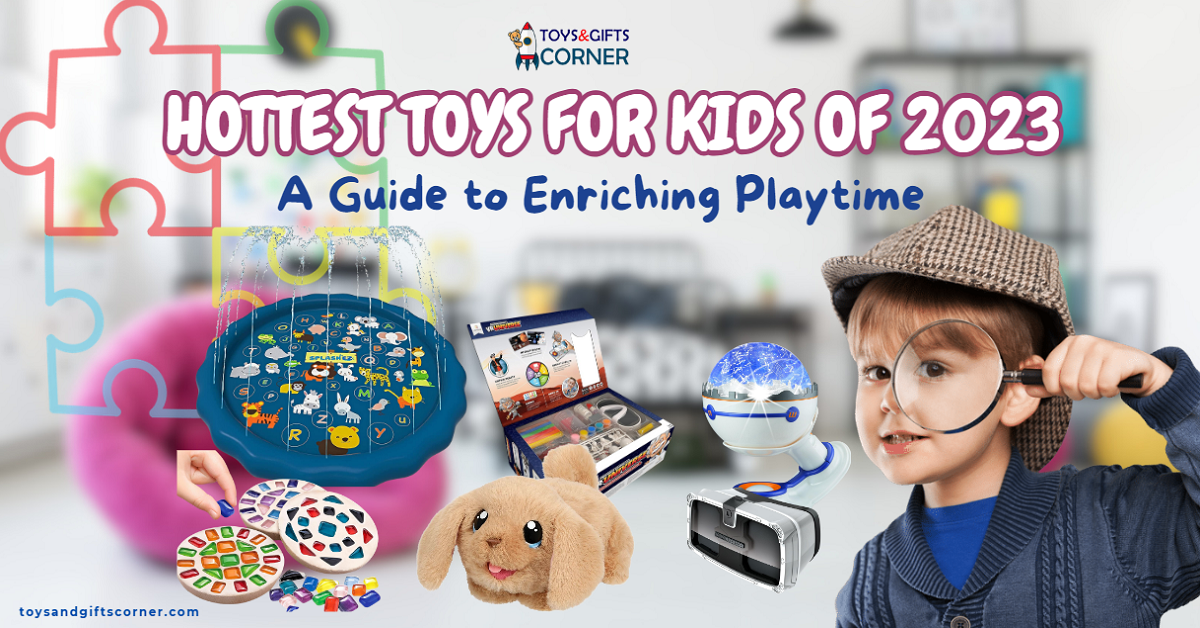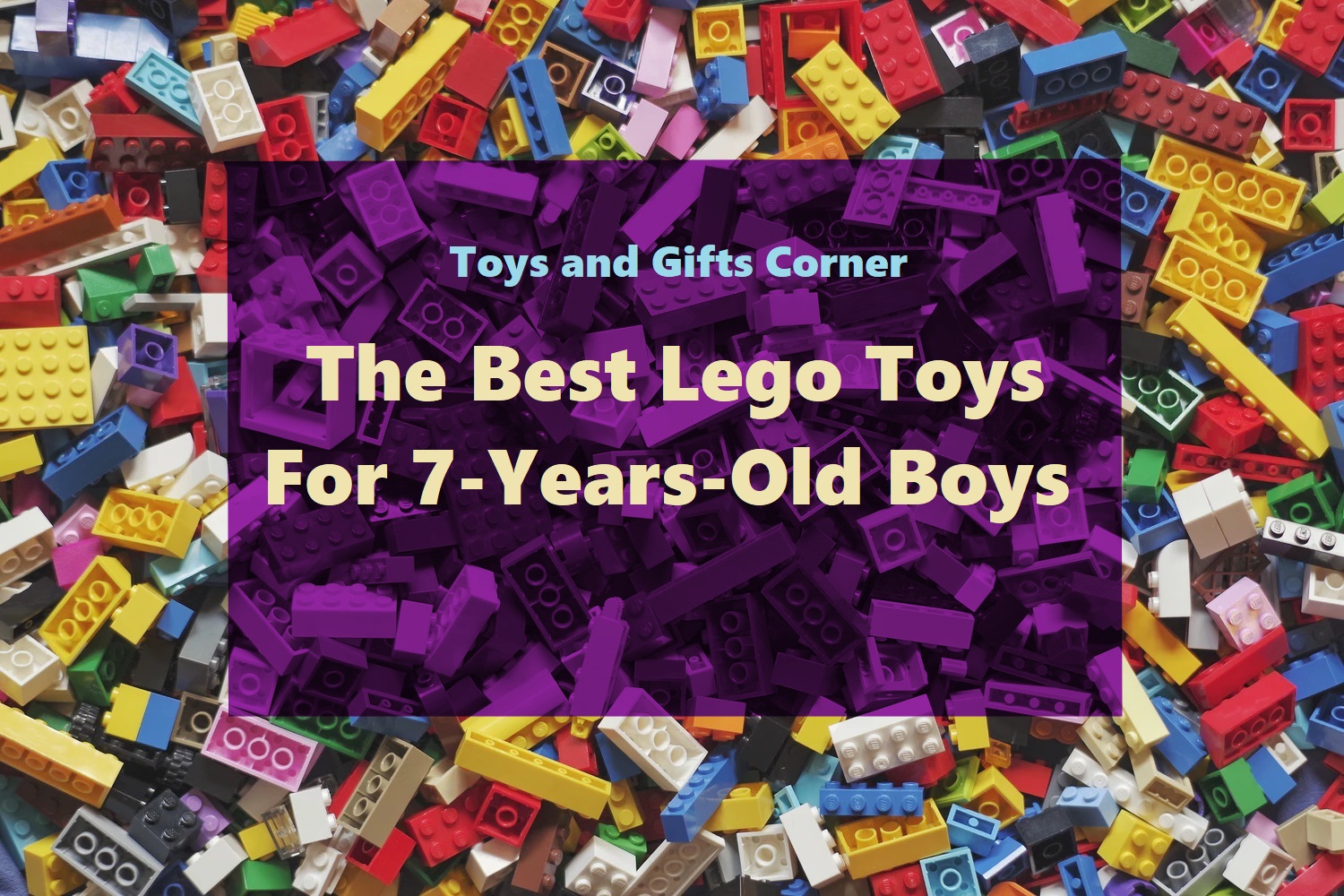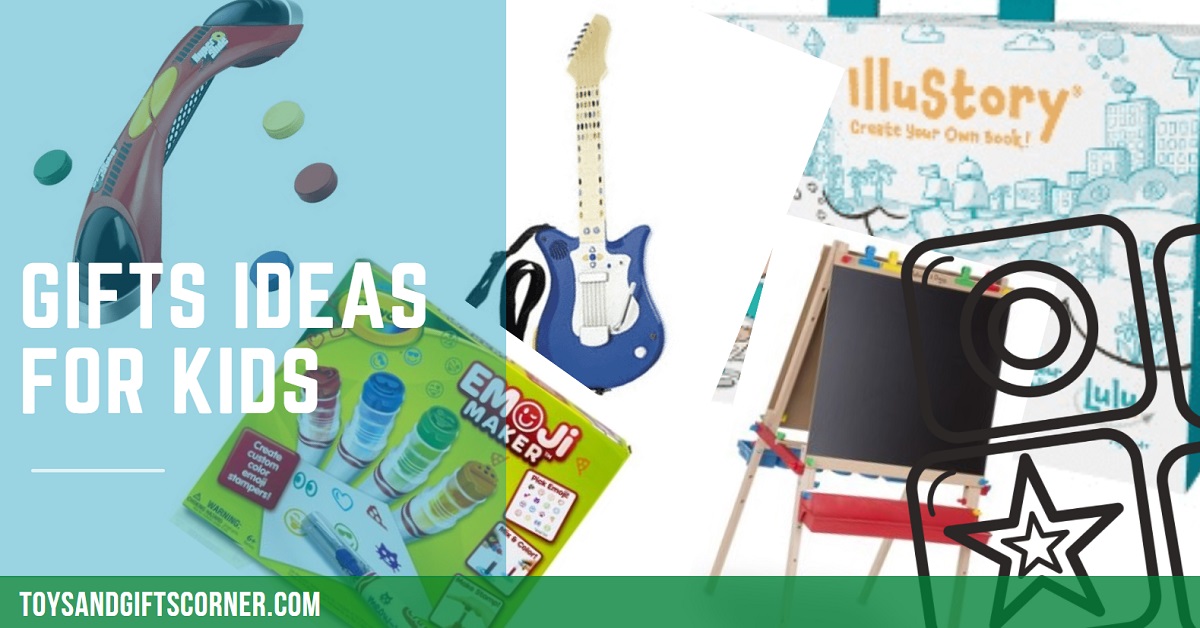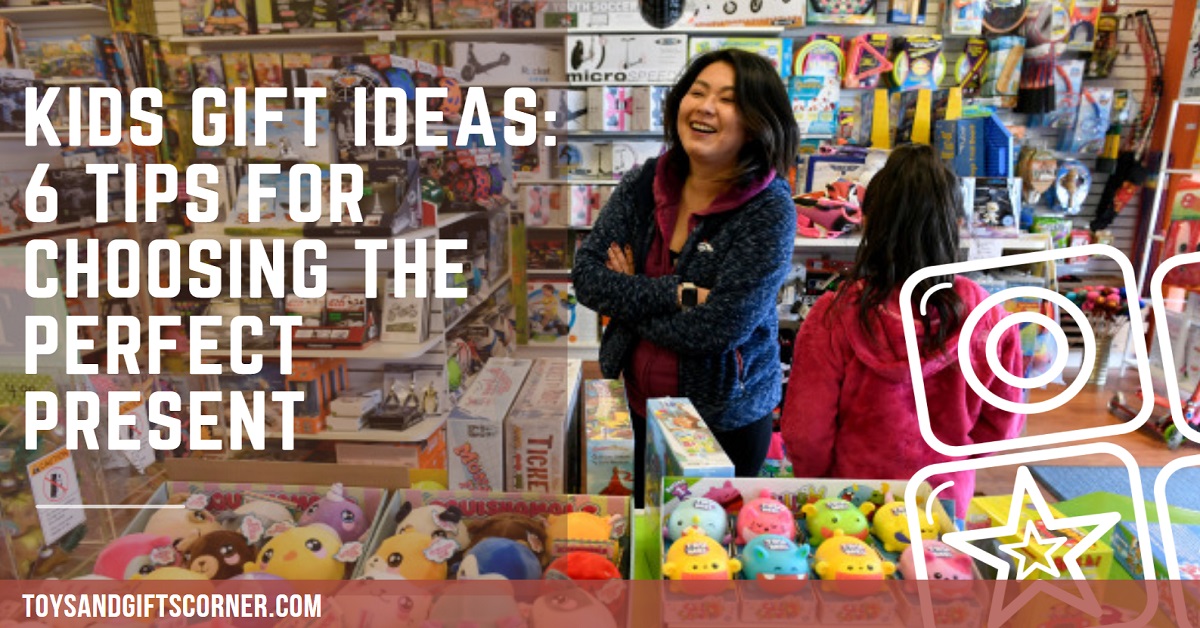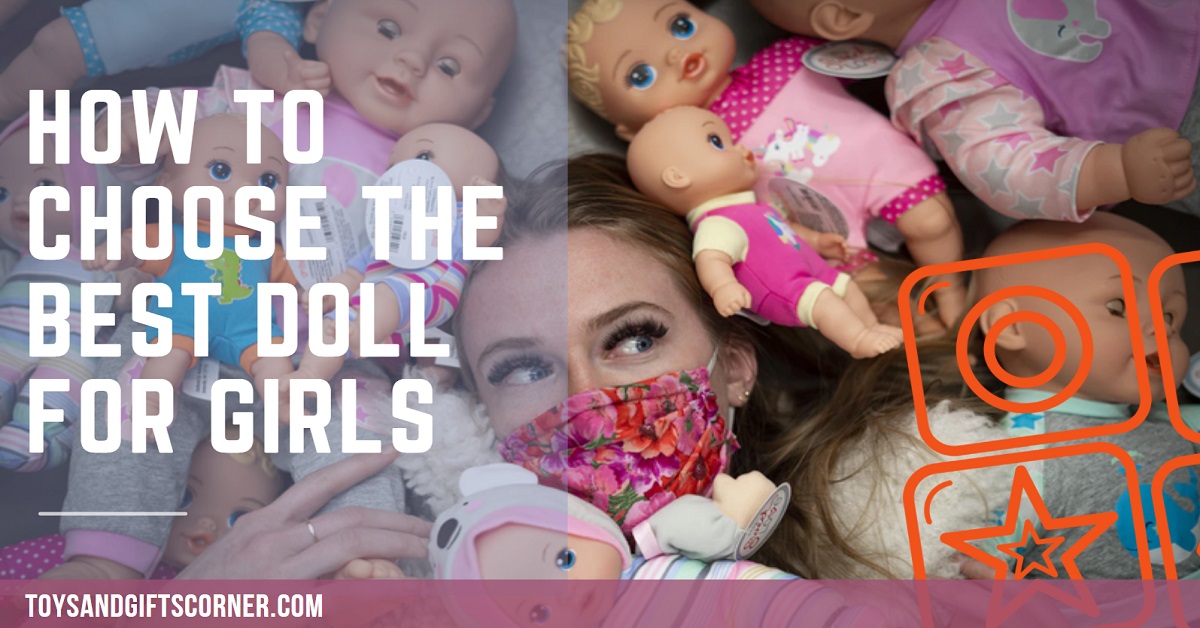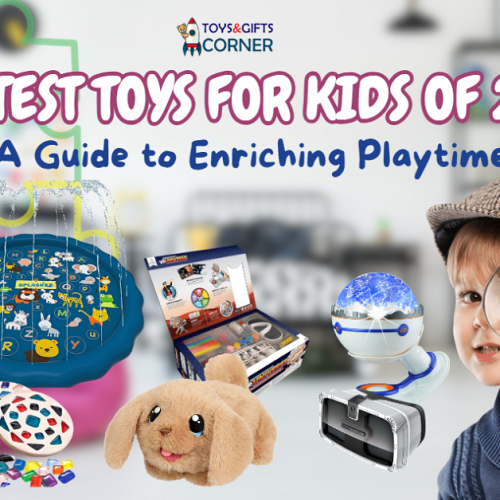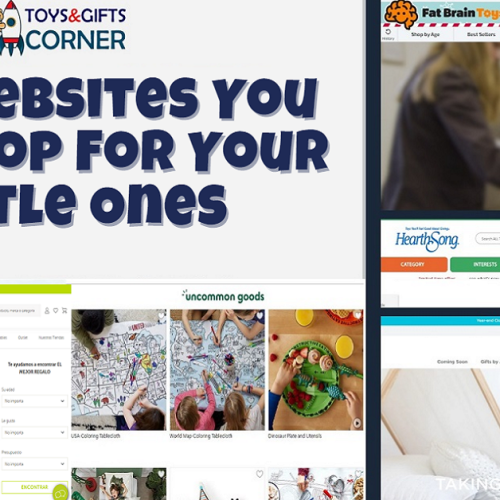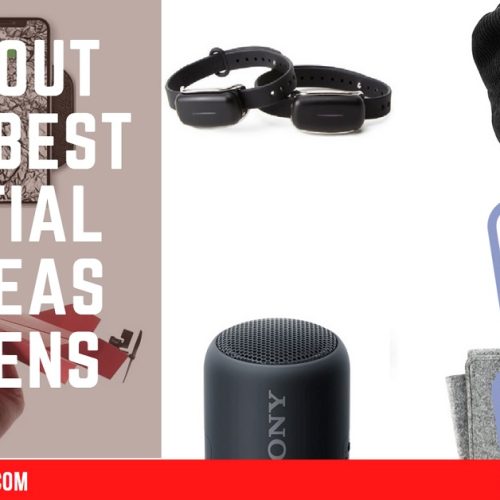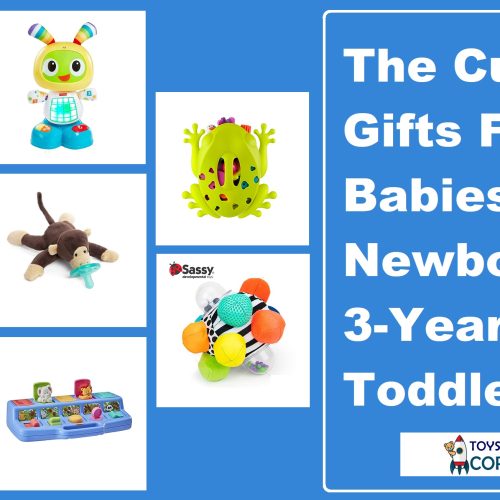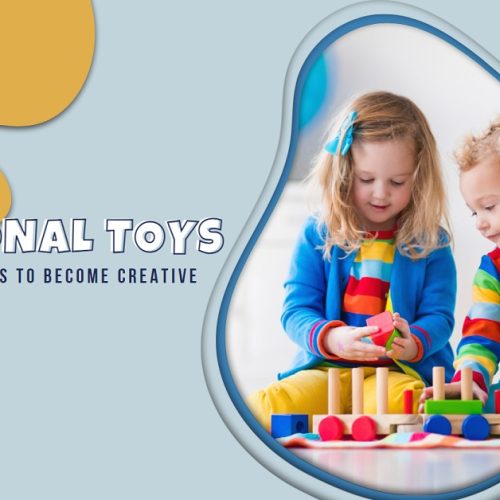Toys are an essential and fun part of every child’s development, but they can be risky too. Choking, for example, is a common hazard for kids ages 3 and below because they tend to put every object in their mouths. Parents are advised to check out their children’s toys and supervise when kids play.
Steer clear of older toys, even the hand-me-downs from family and friends; because they may not pass the current safety standards, and may break easily and become hazardous. Also, make sure a toy isn’t too loud for your child. The noise of some squeak toys, rattles, and other musical or electronic toys can be as loud as a car horn and can even be louder if a child holds it right to the ears and can lead to serious health problems like hearing loss.
Parents must always read labels to make sure a toy is suitable for their child’s age. And consider your child’s habits, temperament, and behavior whenever you plan to buy a new toy. Even a child who appears advanced compared with other kids of the same age shouldn’t be allowed to use toys meant for older kids. The age levels for toys are determined by safety factors, and not by your kid’s intelligence or maturity level.
Here are the age-specific guidelines you should always remember:
Toys should be large enough at least 2 ¼ inches (6 cm) in length and 1 ¼ inch (3 cm) in diameter so that they can’t be lodged or swallowed in the windpipe. A choke tube or small-parts tester, designed to be about the same diameter as a child’s windpipe, can help you determine if a toy is too small or not. If an object fits inside the tube, then it’s too small for a young child to play.
Avoid letting your kids play coins, marbles, and other games that involve balls with 1.75 inches (4.4 cm) in diameter or worse less. These toys can easily get stuck in the throat, making breathing difficult.
Battery-operated toys must-have battery cases that fasten with screws so that no kids can pry them open. Battery fluid and batteries itself pose serious risks, including internal bleeding, chemical burns, and choking.
Make sure the toys are sturdy enough to withstand chewing. Be sure these toys don’t have sharp ends or small parts like buttons, eyes, or whets that can easily be pulled loose, strings longer than 7 inches (18cm), or parts that could pinch small fingers.
Most riding toys, such as wagons and rocking horses, can be utilized once a child can sit up well unsupported, but always check the manufacturer’s recommendation. Riding toys should come with safety straps or harnesses and be stable and secure enough to prevent tipping.
Homemade and hand-me-down toys should also be checked carefully. Also, avoid giving your infant painted toys made before 1978; they may have paint that contains lead.
Stuffed animals either bought or given away at fairs, vending machines, and carnivals don’t need to meet safety standards. However, you still need to check them carefully for possible loose parts and sharp edges before giving them to your child

